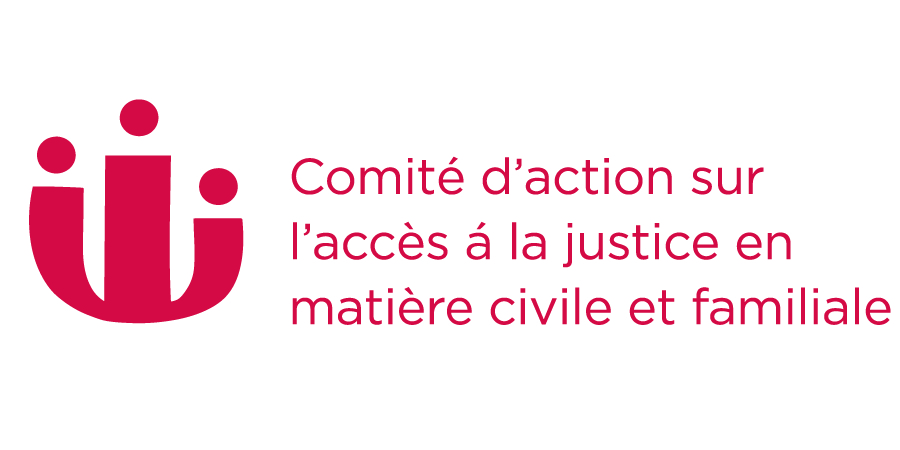Inventory of Reforms
Alberta Discovery Amendments – Cost of Justice
Year:
1999
Description:
Overview of amendments to Alberta’s Queen’s Bench Rules of Court governing discovery process and procedures affecting the cost of justice, 1999-2008.
Status:
Permanent implementation
Jurisdiction:
Alberta
Court:
Court of Queen’s Bench
Body Responsible:
Rules of Court Committee
Timeline:
1999: Amendments came into effect
2002: Discovery Memo 1 released
2002: Discovery Memo 2 released
2007: Draft Rules released
2008: « Proposed Rules of Court » released
Publications:
Alberta Rules of Court.External Link
Alberta Rules of Court Project: Document discovery and examination for discovery (Consultation memorandum no. 12.2) (Alberta Law Reform Institute, 2002). [Discovery Memo 1]
Alberta Rules of Court Project: Discovery and evidence issues – Commission evidence, admissions, Pierringer agreements and innovative procedures (Consultation memorandum no. 12.7) (Alberta Law Reform Institute, 2003). [Discovery Memo 2]
Alberta Rules of Court: Test Draft 3 (Edmonton, Alberta: ALRI, 2007). [Draft Rules]
Alberta Law Reform Institute, Alberta Rules of Court Project: Proposed Rules of CourtPDFExternal Link (Edmonton: ALRI, 2008).
Related Reforms:
See also Alberta Streamlined Procedure (Part 48)
Development:
The 1999 amendments were the result of the recommendations of a joint Bench-Bar committee. Subsequently, these recommendations were adopted by the Rules of Court Committee. The Law Society issued a memorandum after the rules came into force stating overall satisfaction, but had some concerns. Some of these concerns were addressed and amended. Other concerns were more complex.
As a result, the Alberta Law Reform Institute began to examine the discovery process as part of its Alberta Rules of Court Project. It released two reports specifically addressing discovery issues. Substantially revised discovery rules were released in March 2007. Since then, the new rules of court have been subject to some review and adjustment. The final Proposed Rules of Court were released in October 2008.
Purpose:
There was a general dissatisfaction with the discovery process in Alberta prior to 1999. Problems included concerns about document discovery and the production of unnecessary documents, the need for automating certain procedures, instituting sanctions, and narrowing the scope of discovery questions.
Description of Reforms:
- Rule 187: Introduced in 1999, this rule requires third parties and responding parties to file their affidavit of records within 90 days of their filing of a statement of defence. The rule also places other time limits for the purpose of reducing delays and limiting the discovery process.
- Rule 188.1: Grants the court discretion with the specified timelines so that depending on the complexity of the case, courts may adjust the rules permitting late or earlier filing of affidavits.
- Rule 189: Requires that an affidavit of records precede discovery, with the idea that increased disclosure will allow the process to proceed much more efficiently.
- Rule 190: If a party fails to adhere to the timeline restrictions, costs will be awarded to the other party adversely affected by the delay. Rule 190.1 allows for sanctions other than costs being awarded.
- Rule 200(1.2): A person is only required to answer « relevant and material questions ». The most important change in the 1999 amendment to this rule was limiting the scope of questioning permissible at an examination for discovery. The old rule limited discovery questions to those « touching the matters in question ». The new rule requires a witness to « answer only relevant and material questions » creating a narrower scope for questions.
- Rule 200(2) – The court may on application limit the number of employees of any party who may be examined, and may set aside any examination the court decides is unnecessary, improper, or vexatious.
- Rule 205: All records which a party could be required to produce at trial must be produced at the examination for discovery. This rule was introduced in 1999 to increase disclosure and reduce surprises at trial.
- Rule 662 – Streamlined Procedure: 662(1) and (5) – Limits examinations for discovery to 6 hours, allows for written interrogatories in place of oral testimony with a limit of a 1000 words.
- Court of Queen’s Bench Family Law Practice Note No. 6: Notice to Reply to Written Interrogatories: The purpose of this Practice Note is to avoid or reduce the need for examination for discoveries through the exchange of information in writing. The Practice Note introduces a new form titled Notice to Reply to Written Interrogatories. This form allows for a maximum of 30 questions.
Revision History:
This summary was last reviewed in Dec 02, 2013



